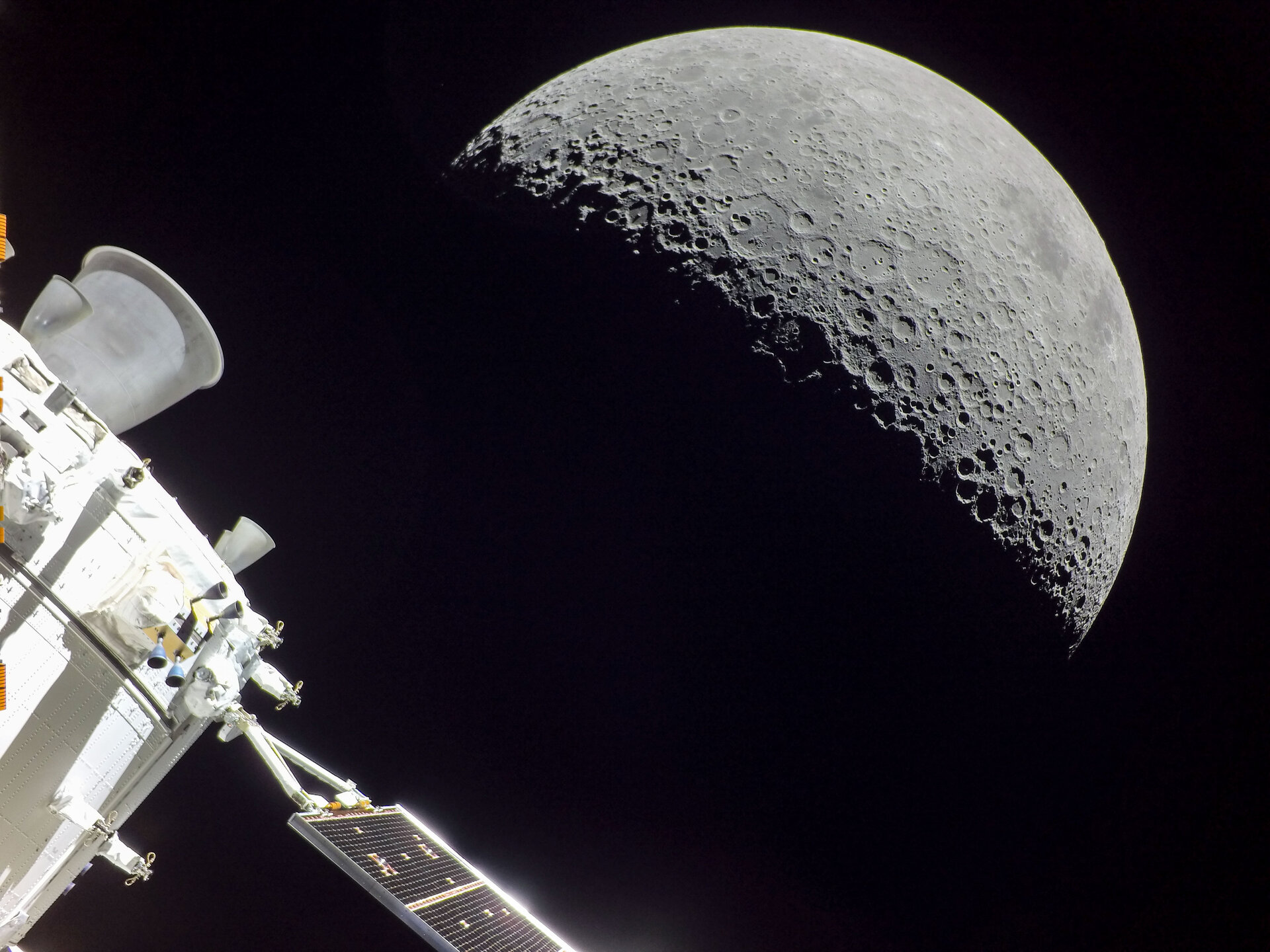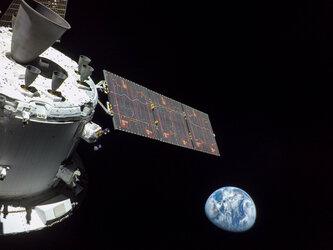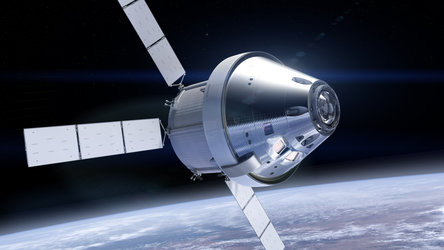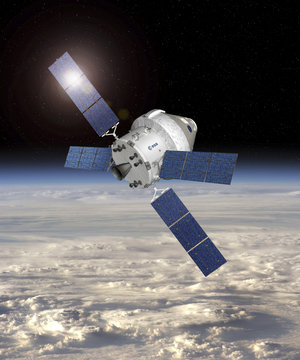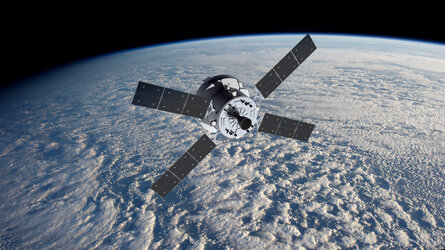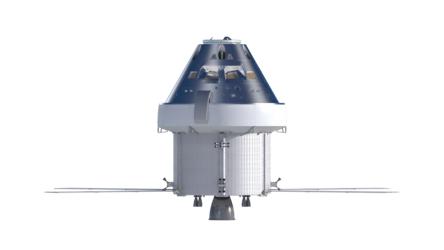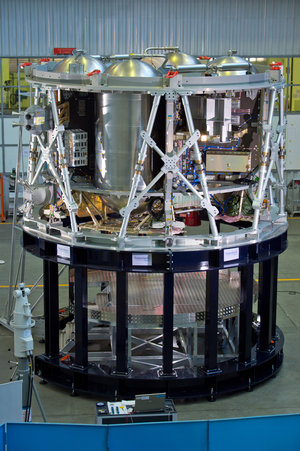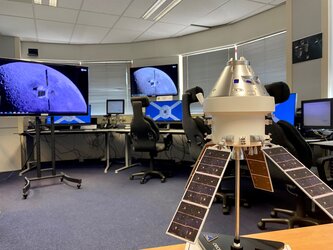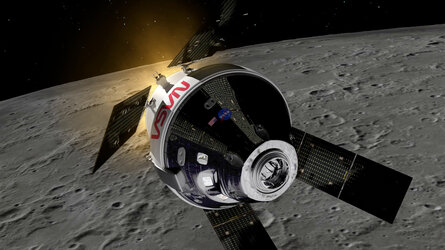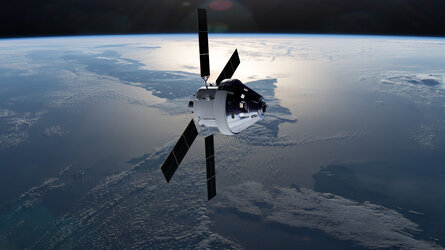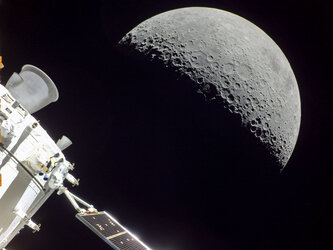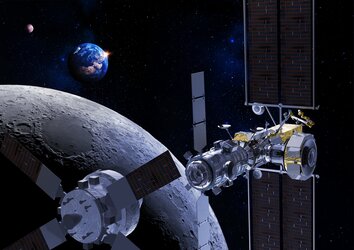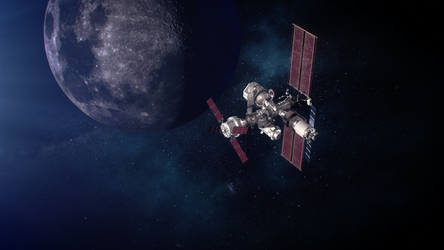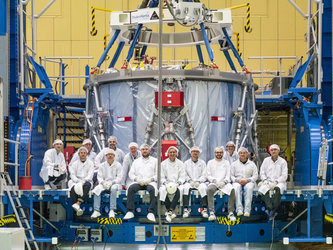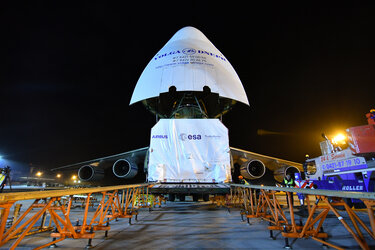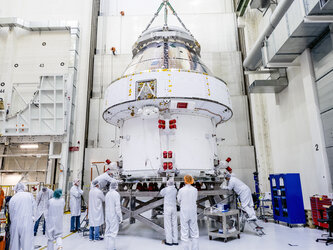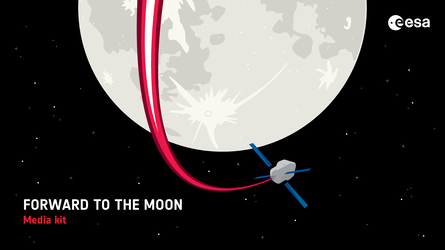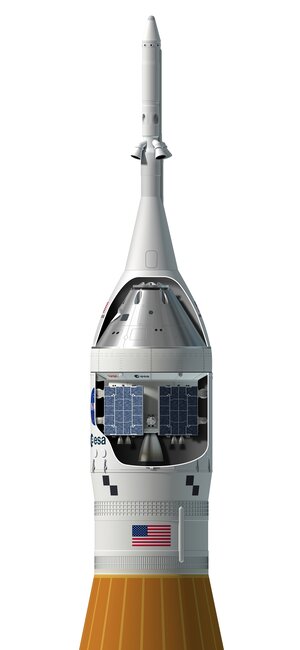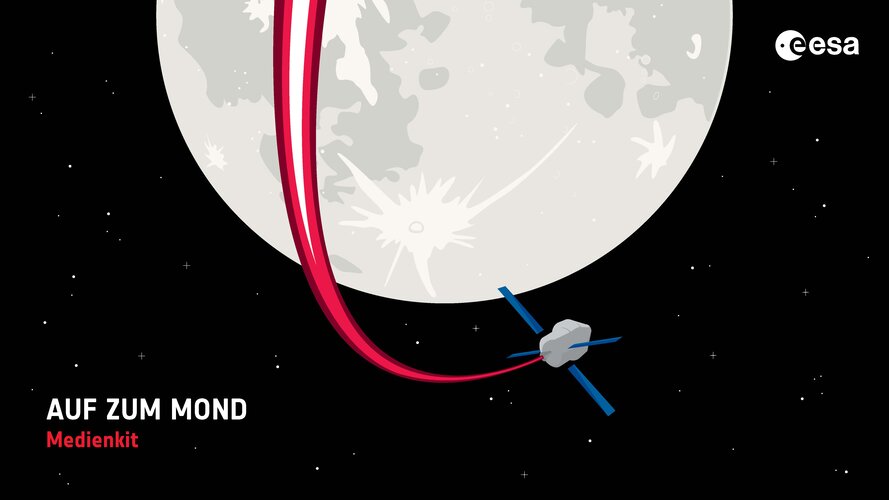Artemis III
In brief
After the first two Artemis missions to learn and demonstrate the capabilities of the Orion spacecraft, the third mission is what it is all about: landing astronauts on the Moon.
In-depth
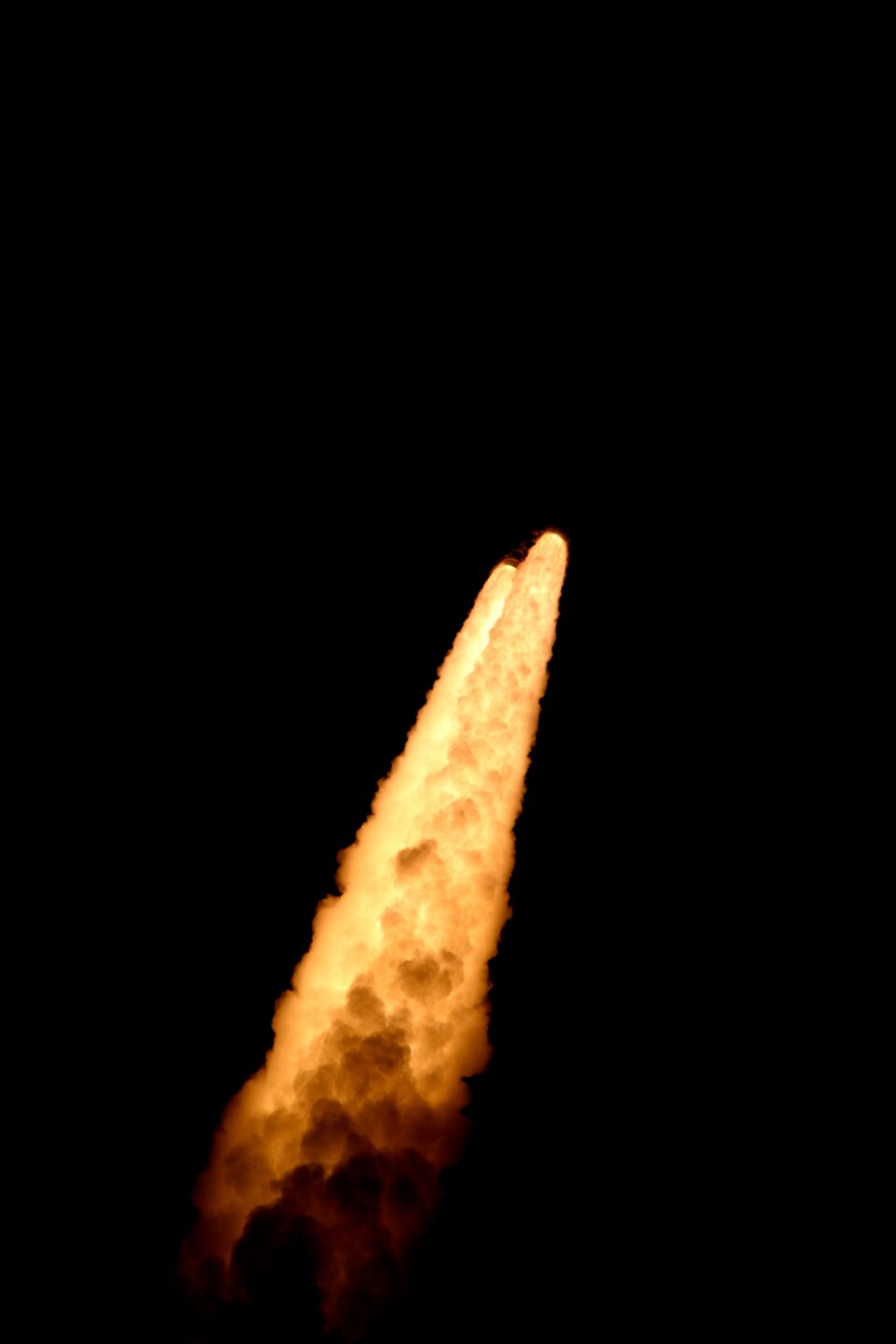
The launch will be on a Space Launch System rocket from the usual Launchpad 39B at NASA’s Kennedy Space Center in Florida, USA.
The mega Moon rocket will propel four astronauts inside Orion to the Moon. Orion will dock with the SpaceX’s Starship Human Landing System (HLS) that will be waiting for the spacecraft in an orbit that brings it relatively close to the Moon every six and a half days. The novel lunar orbit is called a Near Rectilinear Halo Orbit that brings spacecraft close to the Moon’s surface and then flies in an elongated ellipse further away from the Moon. It is the same type of orbit that will be used by the lunar Gateway in next Artemis missions and is being tested by the Cislunar Autonomous Positioning System Technology Operations and Navigation Experiment (CAPSTONE) mission.
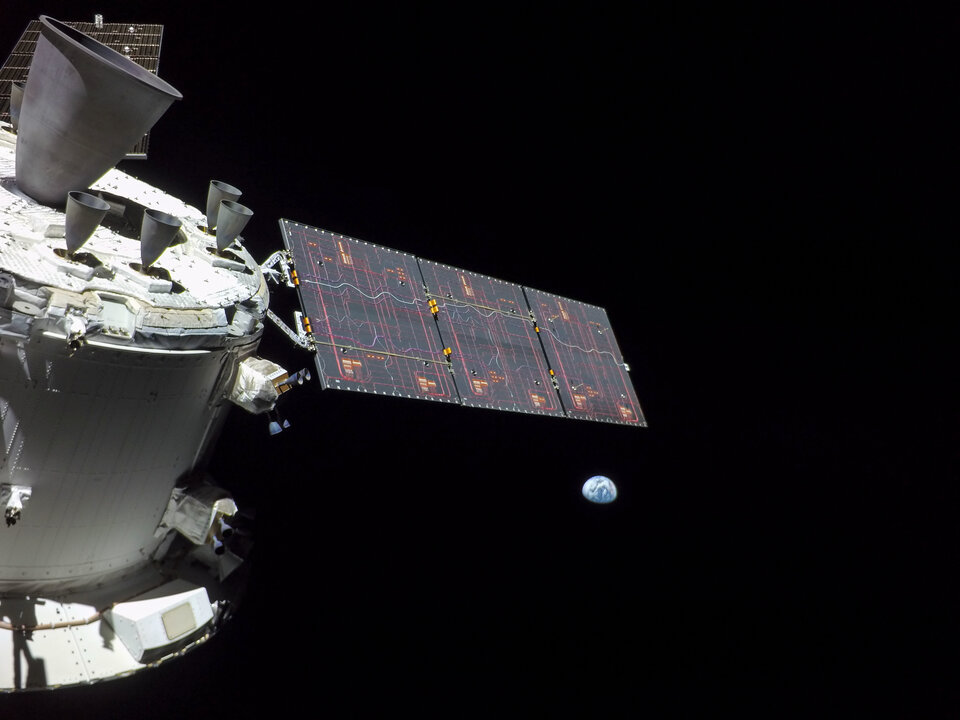
During the travel, approach and docking the European Service Module will keep the Orion spacecraft on target and in position for a smooth docking.
From orbit to surface
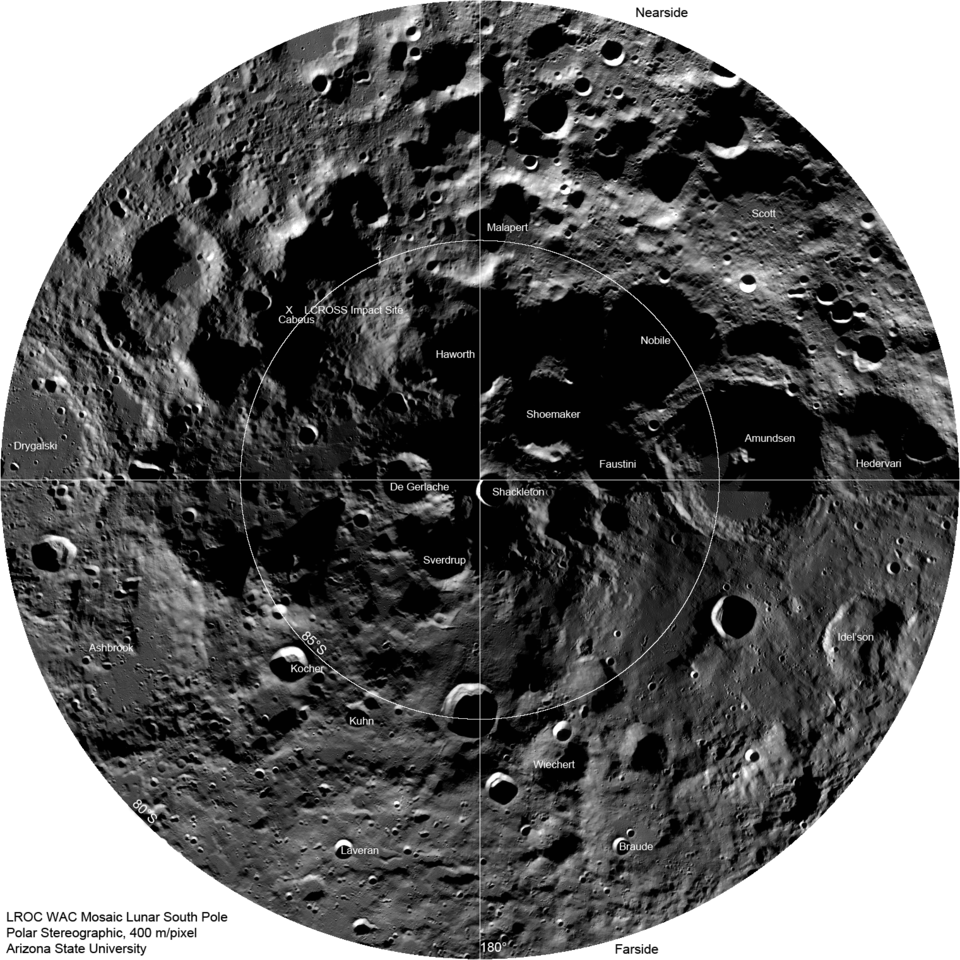
The astronauts will transfer through Orion’s crew hatch to the Human Landing System and two astronauts will take Starship to the lunar surface, while two astronauts stay in Orion for the duration of a complete orbit of the Moon.
For Artemis III, the halo orbit will take six days so the two astronauts inside Orion will see their colleagues again after a complete circle of the Moon, while the two moonwalkers will have six days to land, set up camp, explore, conduct research and liftoff back to the Orion spacecraft.
The south pole is where it’s at for scientific exploration of our Moon. This area shows geologically interesting features and possible water available in the form of ice which could be transformed into oxygen to breath and hydrogen to be used as fuel.
Return home

Once reunited, the astronauts will have up to five days in orbit to transfer supplies and samples from Starship to Orion for the return home.
When ready and the hatches are closed, the European Service Module will gently push Orion away from Starship and start the voyage back to Earth. Much like in the Artemis I mission, Orion will get a gravity assist from the Moon, with the European Service Module’s main engine firing to boost itself around the Moon and onwards to Earth. Meanwhile, the Starship HLS will be disposed of in a heliocentric orbit, like the Apollo 10 Lunar Module ascent stage was before it.
Approaching Earth from the south reentry into Earth’s atmosphere will see Orion arrive at speeds of about 40 000 km/h. Less than an hour before touchdown the European Service Module will say farewell to the Orion Crew Capsule and together with the Crew Module Adapter the expendable parts of Orion will burn up harmlessly over uninhabited parts of Earth.
Our atmosphere and 11 parachutes will reduce the spacecraft’s speed for a splashdown in the Pacific Ocean.
Technical details
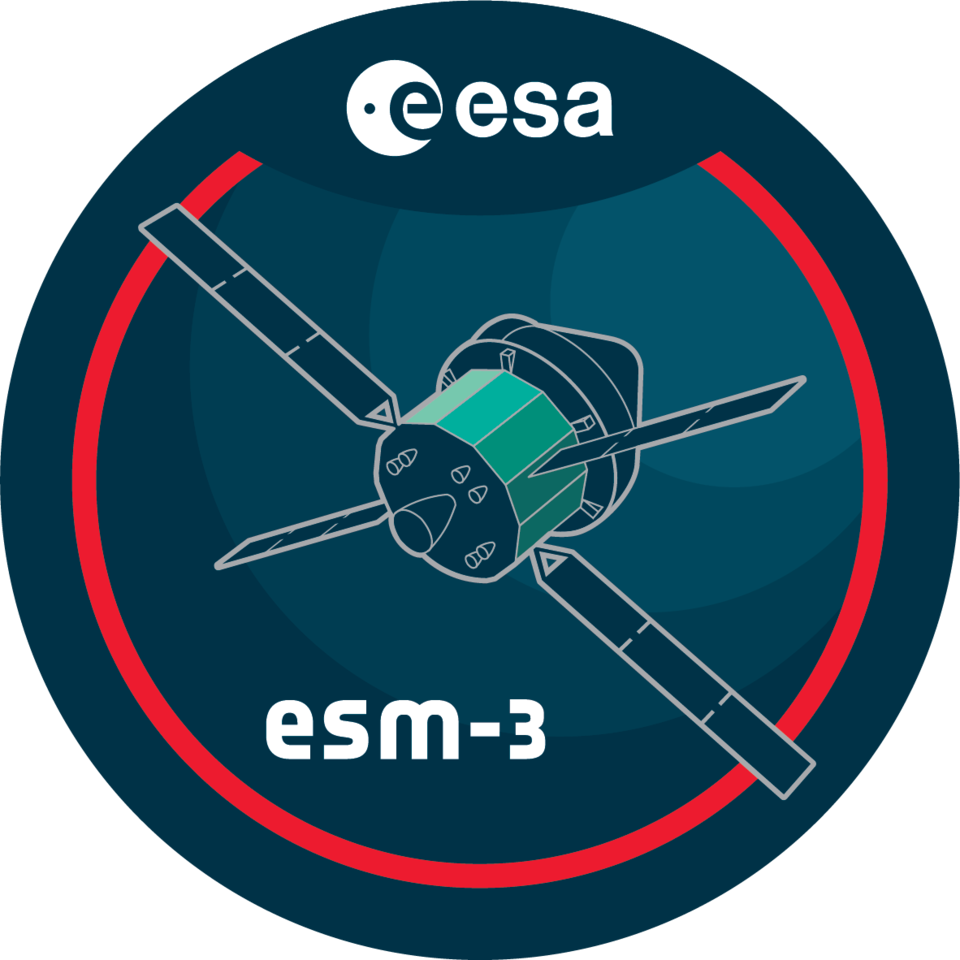
Launch: 2025
Duration: 3-4 weeks
Launch mass of European Service Module: 13 500 kg
Total Orion launch mass: over 20 tonnes
8600 kg of propellant
240 kg of drinking water
30 kg of nitrogen
90 kg of oxygen
Payload volume up to 0.57 m3
Payload mass up to 380 kg
Artemis III step by step:
- Launch by Space Launch System from pad 39B at NASA’s Kennedy Space Center, USA
- Mission control perform final checks in low-Earth orbit
- Translunar injection by interim cryogenic propulsion stage (ICPS)
- Trip to the Moon
- Flyby of the Moon with gravity assist
- Arrival at Near Rectilinear Halo Orbit
- Docking with Starship
- Transfer of equipment and astronauts
- Undocking from Starship and Starship landing on the Moon
- Orion does 6-day complete orbit of Moon as two astronauts work and explore the lunar South Pole.
- Liftoff of Starship from the Moon
- Docking with Orion
- Transfer of supplies and setup for home trip to Earth
- Undocking from Starship
- Departure from Near Rectilinear Halo Orbit
- Main engine fires for lunar gravity assist
- Homeward cruise
- Separation of the Crew Module from the expendable elements of Orion (the European Service Module and the Crew Module Adapter)
- Reentry of the Crew Module and splashdown in the Pacific Ocean


